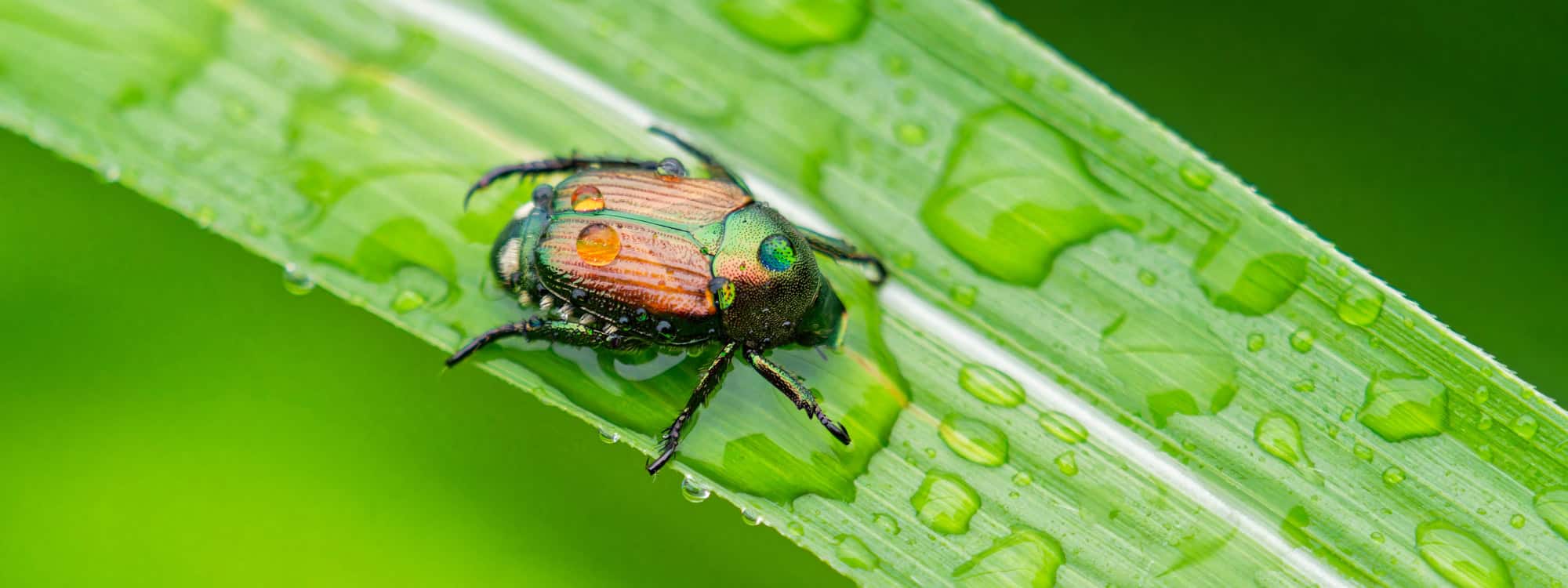Beetles
Beetles are a diverse group of insects found throughout Muskoka, playing essential roles in various ecosystems. While some beetles can be a nuisance or cause damage to plants and structures, many are beneficial, contributing to pest control, pollination, and the decomposition of organic matter. Understanding the different types of beetles you may encounter can help you appreciate their roles in nature and manage any potential issues they may cause.
In Muskoka, some of the most common beetle species you’ll likely encounter include:
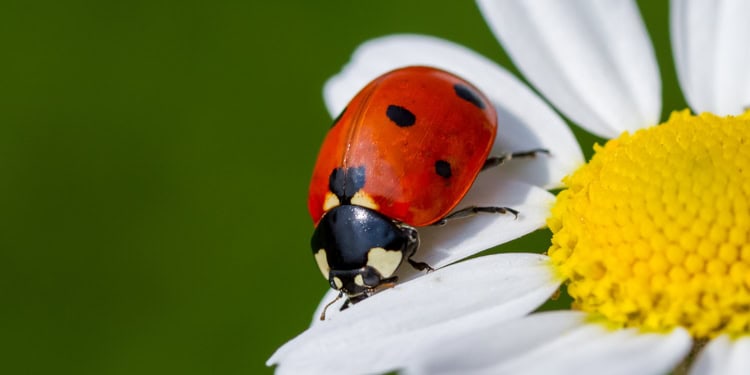
Ladybug: Ladybugs, or ladybird beetles, are small, brightly colored insects, typically red or orange with black spots. They are beneficial for gardens, as they help control pests like aphids. Unlike Asian lady beetles, ladybugs are gentle and non-aggressive, posing no harm to humans. While they may occasionally enter homes during colder months, they don’t gather indoors in large numbers. Ladybugs may release a yellow fluid as a defense mechanism, but it is harmless and usually doesn’t stain. These helpful beetles play an important role in maintaining healthy garden ecosystems.
Japanese Beetles: The Japanese beetle is a destructive pest known for its metallic green body and copper-colored wings. About 10-12 mm in length, these beetles are often seen feeding on the leaves of various plants, including roses, grapes, and other ornamental shrubs. They tend to congregate in large groups, and their feeding habits can cause significant damage to gardens and crops. While adult Japanese beetles feed on plants, their larvae live in the soil and damage grass roots, making them a problem for lawns as well. Controlling Japanese beetles requires monitoring and using traps or insecticides during the summer months when they are most active.
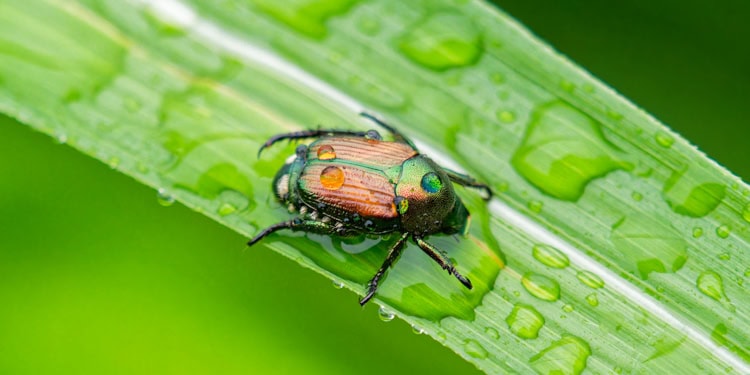
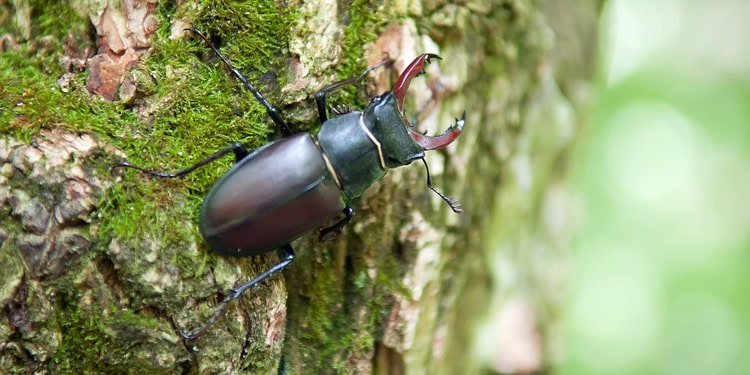
Stag Beetles: Stag beetles are large, impressive insects known for the oversized mandibles found in males, which resemble antlers. They are typically dark brown or black and can grow up to 75 mm long. While they may look intimidating, stag beetles are harmless to humans and can be found in decaying wood, which serves as their primary habitat. They are particularly beneficial for ecosystems as they help break down dead wood, recycling important nutrients. Their larvae live in rotting wood, feeding on the material until they mature into adults. Stag beetles are not common, but their presence is an indicator of a healthy, balanced ecosystem.
Powderpost Beetles: Powderpost beetles are small, reddish-brown beetles that can cause significant damage to wooden structures and furniture. They are known for their ability to burrow into hardwood, leaving behind fine, powdery dust. These beetles are a problem for homes with untreated or old wood, particularly in basements, attics, and wood beams. The larvae of powderpost beetles feed on wood, creating tunnels as they grow. Though they are not dangerous to humans, the damage they cause to wood can lead to structural issues. Preventing infestations involves properly treating and sealing wood, especially in older buildings.
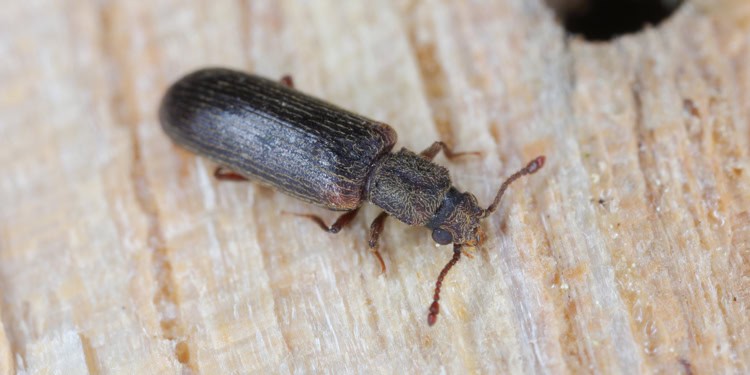
Understanding the roles of these common beetles in Muskoka helps to recognize their importance in local ecosystems. While some beetles can cause damage to plants, wood, or crops, many are beneficial, helping control pests and break down organic material. If you encounter a beetle infestation, particularly with pests like Japanese beetles or powderpost beetles, it’s important to monitor the situation and seek advice from a pest control professional if necessary.
By fostering an understanding and appreciation of these beetles, Muskoka residents can better manage the balance between preserving their homes and gardens while respecting the vital contributions these insects make to the environment.

